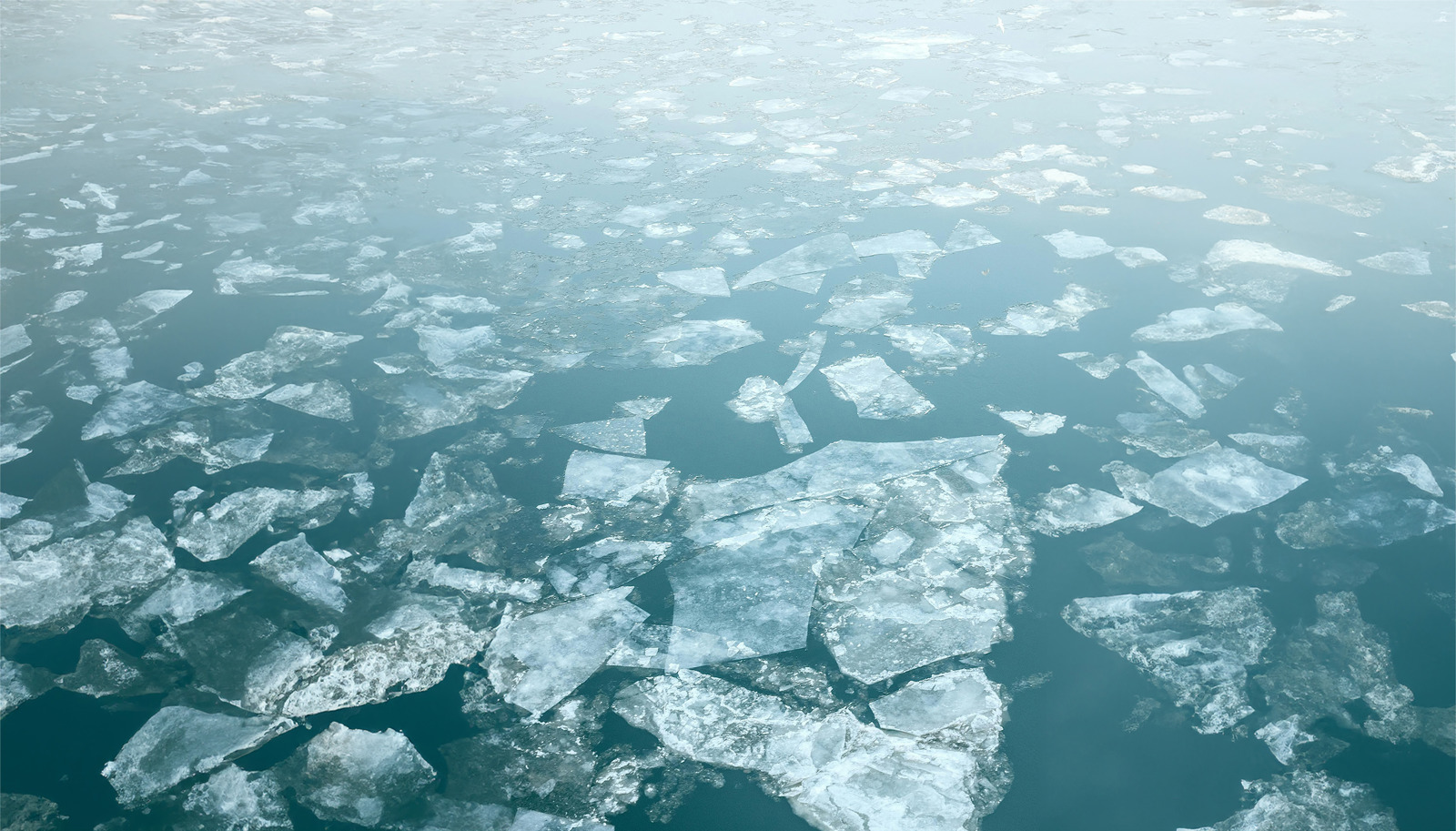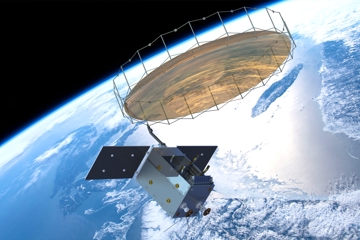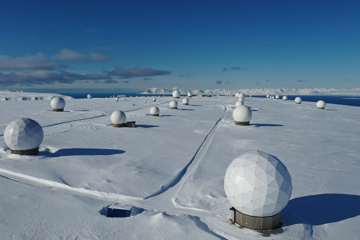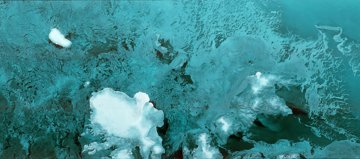The international conference Arctic Frontiers in Tromsø, Northern Norway is around the corner, gathering scientists, businesses, policymakers, and representatives of local and indigenous peoples for holistic discussions about the future of the Arctic region. This year's theme is "Actions & Reactions". A side event co-organized by KSAT will showcase how the new technologies and data platforms can contribute to learning about ecosystems and human activities in the north.
Use of satellite technologies has revolutionized our ability to study and understand dynamic climate. From monitoring sea levels, oil spills and ice melting processes to wildlife tracking and vegetation mapping – satellites provide a comprehensive and otherwise unobtainable perspective and information on the situation. Received data contributes to climate change models, helping scientists assess the impact and speed of global warming processes.
– At KSAT we have decades of experience in effective monitoring of the Earth. With an increased number of satellites and new technologies, the possibilities in data acquisition and analysis are growing rapidly and are an important asset in understanding and combating climate change, Martin Skedsmo, Key Account Manager of Earth Observation at KSAT says.

What happens in the Arctic doesn’t stay in the Arctic
The Arctic, often referred to as the “Earth’s refrigerator” is considered the planet’s climate control room, playing an important role in the global climate system. However, in recent years this region is warming at more than twice the global average rate. As the Arctic warms, ice, and snow melt, reducing the region’s reflectivity and causing higher sunlight absorption which further increases temperatures and global water levels. However, satellite technology may help to understand the changes.
– Earth Observation satellites have the unique ability to provide objective information about the environment, dating back several decades showing change and variations over time. This is a great tool to monitor the development of our climate, Skedsmo says.
Arctic Frontiers came to live in 2006 as an international arena addressing development in the Arctic, with KSAT as a longtime partner.



